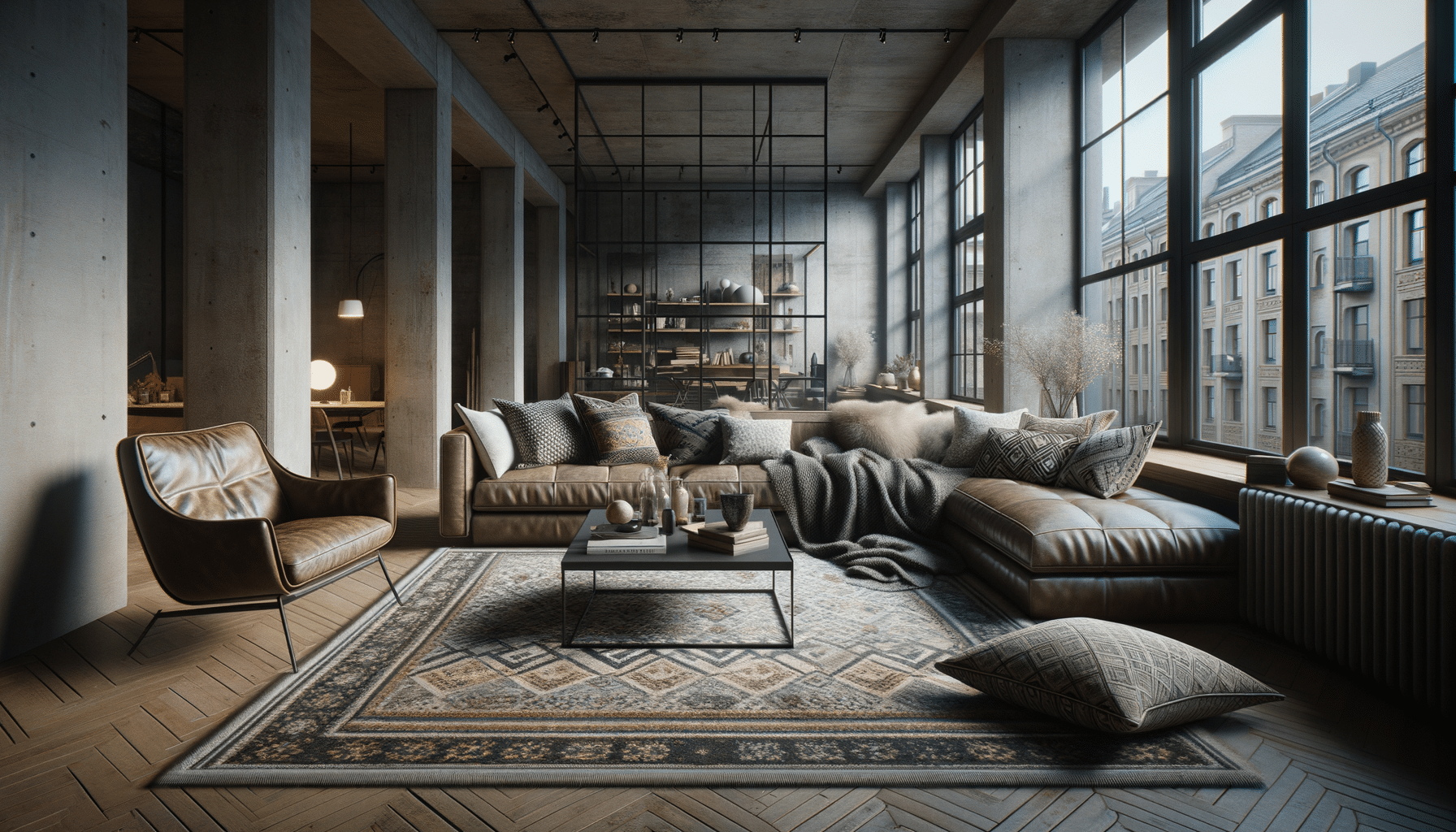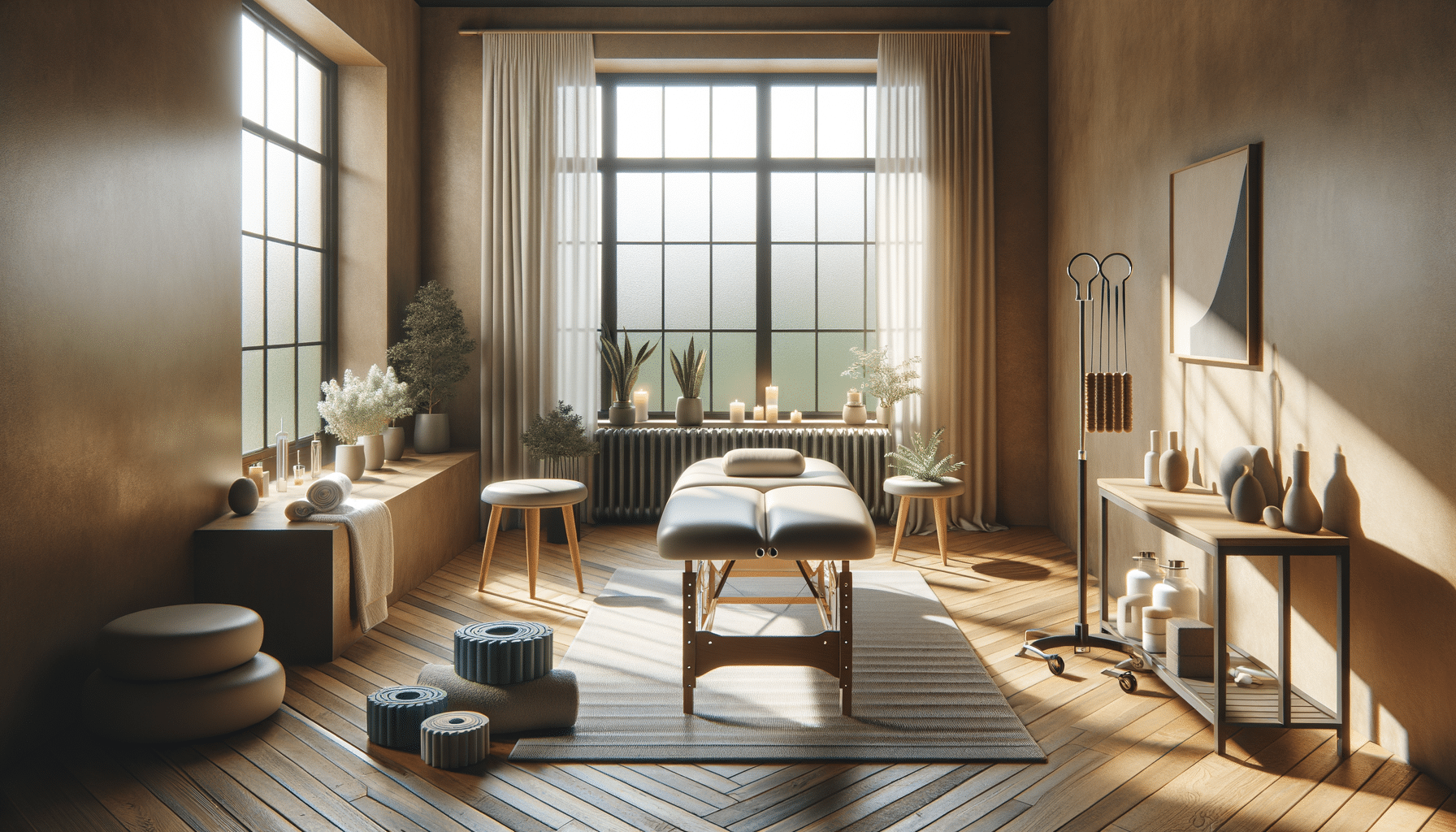
Interior Design Ideas to Enhance Style and Comfort at Home
Introduction to Interior Design
Designing your space is a journey of transforming a house into a home. It’s more than just arranging furniture; it’s about creating an environment that reflects your personality and suits your lifestyle. Whether you’re moving into a new place or refreshing your current home, interior design plays a crucial role in enhancing your living experience. From choosing the right color palettes to selecting furniture that fits both your space and style, every decision contributes to the overall ambiance and functionality of your home.
Choosing the Right Color Palette
Color is a powerful tool in interior design. It sets the tone and mood of a room, influencing both the perception of space and the feelings it evokes. When selecting a color palette, consider the purpose of the room and the atmosphere you wish to create. For instance, soft, neutral tones can promote relaxation in a bedroom, while vibrant colors might energize a living room. A well-chosen color scheme can also tie different elements of a room together, creating a cohesive look. Remember to balance bold colors with neutral shades to avoid overwhelming the space.
Furniture Arrangement for Functionality and Flow
The way you arrange furniture can greatly impact the functionality and flow of a room. Start by considering the room’s focal point, such as a fireplace or a large window, and arrange seating to highlight it. Ensure there is enough space for movement, and avoid blocking pathways with furniture. In smaller rooms, multi-functional furniture can save space and add versatility. For instance, a sofa bed can be a smart choice for a guest room that doubles as an office. Remember, the goal is to create a layout that is both practical and inviting.
Incorporating Textures and Patterns
Textures and patterns add depth and interest to a room. They can be introduced through various elements such as textiles, wall coverings, or decorative accessories. Mixing different textures, like a plush rug with a sleek leather sofa, can create a rich sensory experience. Patterns, on the other hand, can add visual interest and personality. Whether you choose bold geometric prints or subtle floral designs, patterns can be used to highlight certain areas or elements in a room. Just be mindful of balancing patterns with solid colors to maintain harmony.
Lighting: The Finishing Touch
Lighting is often referred to as the jewelry of a room. It not only illuminates the space but also enhances its aesthetic appeal. Layering different types of lighting, such as ambient, task, and accent lighting, can create a dynamic and flexible atmosphere. Consider the activities that will take place in each room to determine the appropriate lighting. For example, a kitchen might require bright task lighting, while a living room could benefit from softer ambient lighting. The right lighting can highlight architectural features, create focal points, and set the mood for any occasion.
Conclusion: Creating a Space That Reflects You
Designing your space is a personal and creative endeavor. By thoughtfully considering elements like color, furniture arrangement, textures, patterns, and lighting, you can create a home that is both beautiful and functional. Remember, the ultimate goal is to design a space that not only looks good but also feels good to live in. A well-designed home reflects your tastes and enhances your daily life, providing a sanctuary where you can relax, entertain, and be yourself.


